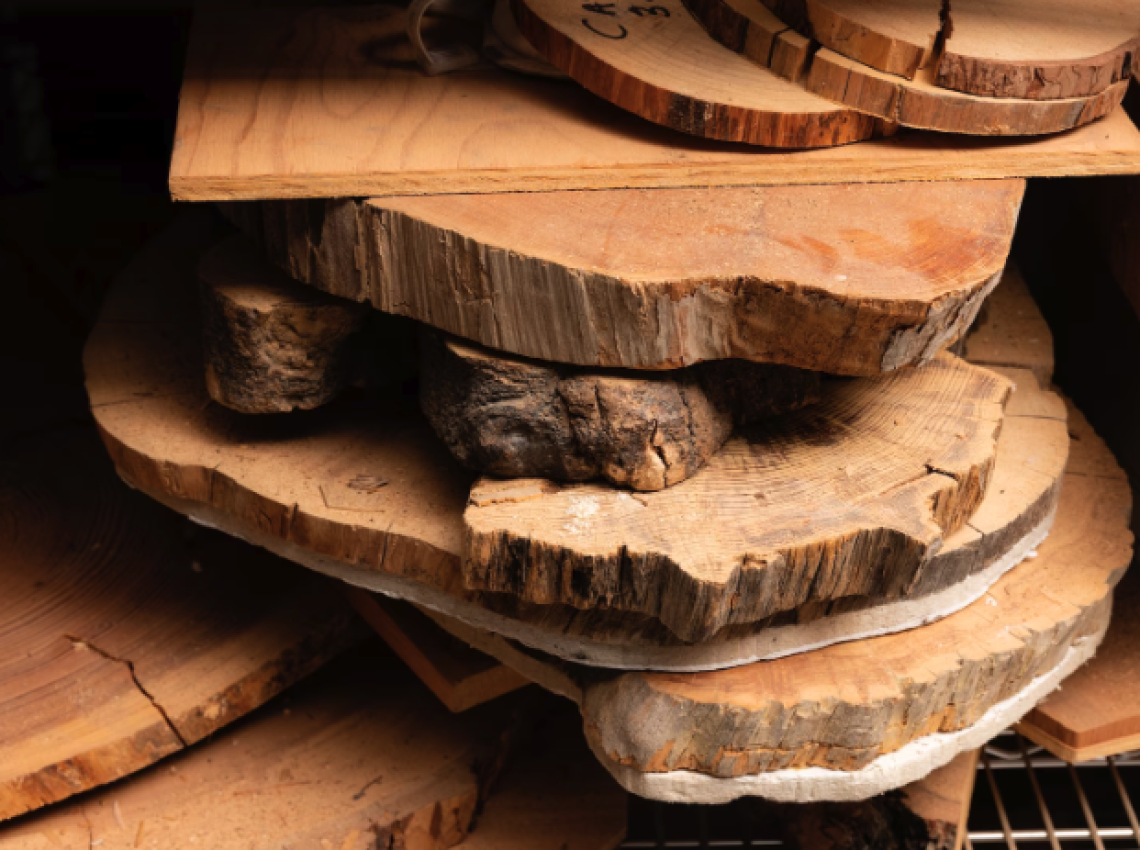Washington Post: What an Arizona tree reveals about the hottest year on record — and what lies ahead.

Photo: Cassidy Araiza for The Washington Post
Deep in the Sonoran Desert, high on a mountain’s wind-swept peak, there lives a tree known as Bigelow 224.
With its stout orange trunk and long, graceful needles, the tree looks like any other ponderosa pine growing on Mount Bigelow. But a sliver of its wood, taken amid Earth’s warmest year on record, shows that this tree has a story to tell — and a warning to offer.
For decades, scientists have used rings from long-lived trees like ponderosa pines to uncover clues about ancient climates. Their analyses helped prove that human-made greenhouse gas emissions are warming the planet and demonstrated that modern climate extremes are unprecedented in the last 1,000 years.
Now, cutting-edge techniques are allowing researchers to observe how the rings form in real time. Studies of Bigelow 224 and its neighbors show how recent disasters leave an indelible imprint on tree cells — information that will sharpen researchers’ view into the past and help them predict the fate of forests in a fast-warming world.
“The power of tree rings … is they have the context of what we’re experiencing now,” said Kiyomi Morino, a tree ring scientist at the University of Arizona who has spent much of the past decade studying the trees of Mount Bigelow. “They can give us some perspective.”
“And in many cases these days,” Morino added, “it’s perspective on how bad things really are.”
Click here to continue reading the interactive article in the Washington Post.

